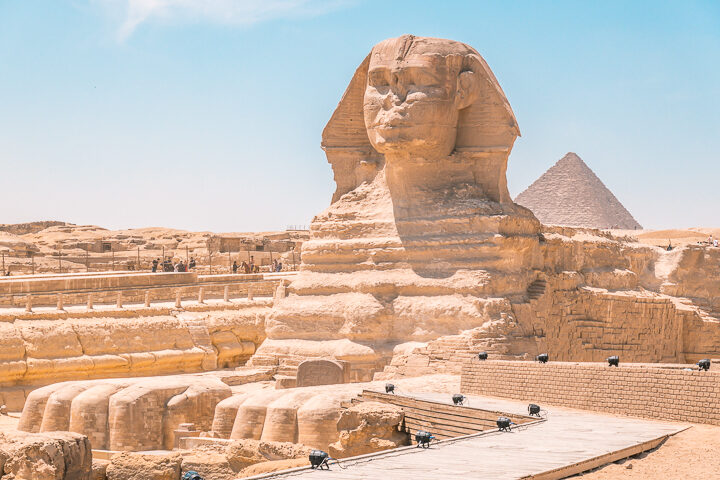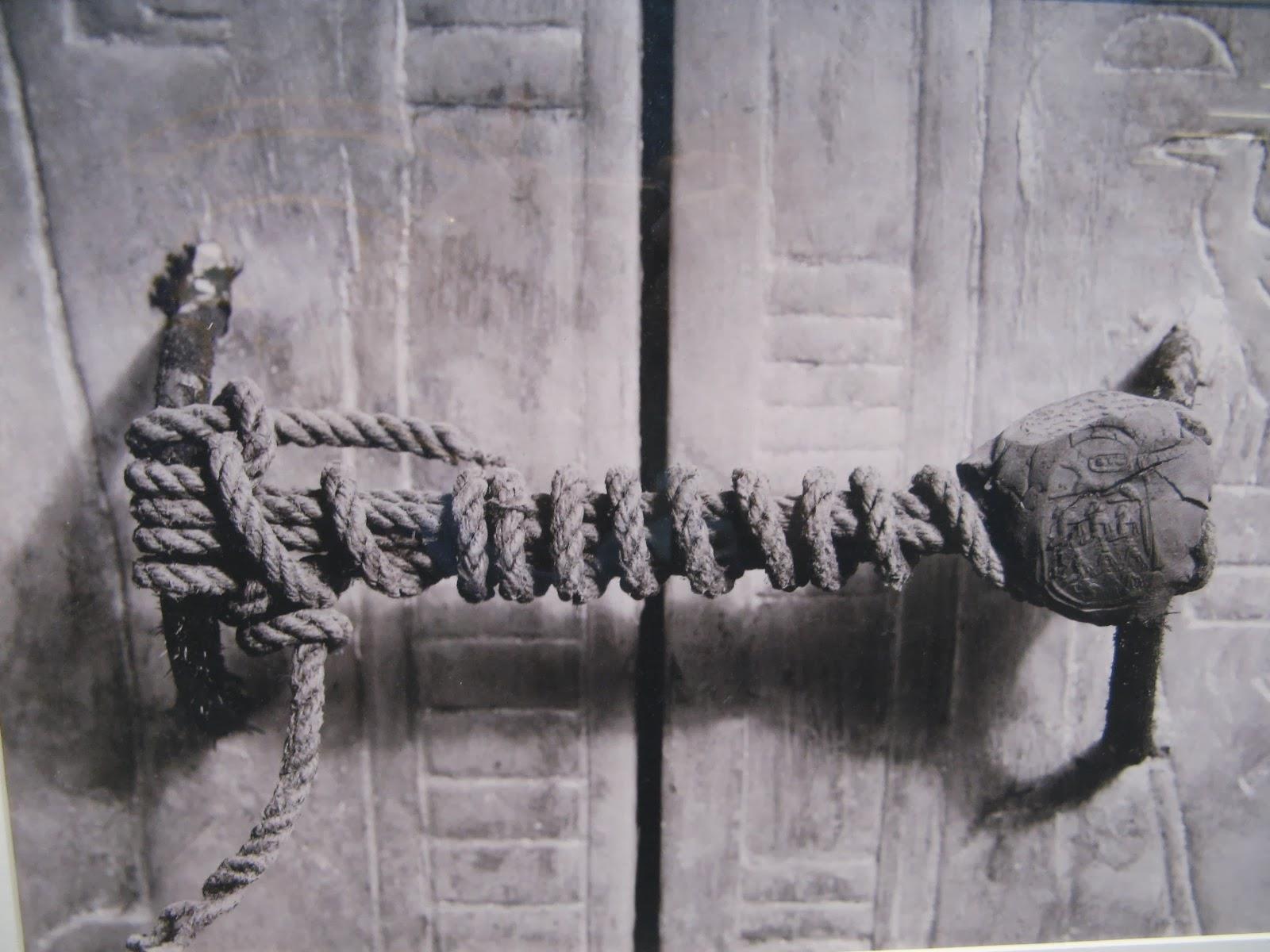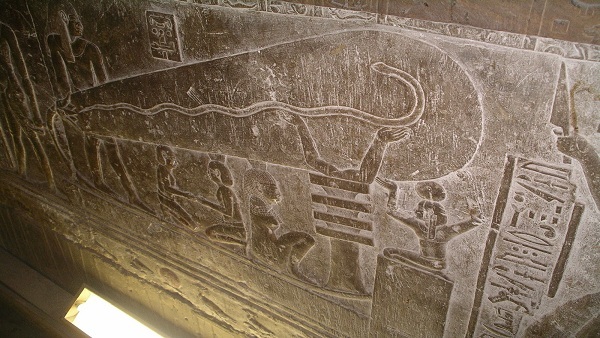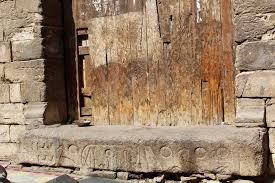Ramesses the second statue equals the god
The phenomenon of sun perpendicularity to the face of Ramses and its interpretation
The sun enters the front of the temple to travel 200 meters to reach the most holy place
- to light three statues of the four that are inside it,
And they are the statue of Ra Hor, the sister of the sun god,
And Ramesses the second statue equals the god,
And the statue of Amun was a kind god in that era,
As for the fourth statue of the god Ptah, a single lord and patron of art and artists and the god of the underworld, the sun does not reach it.
Because it must remain in total darkness, as it is in the underworld
Then the sun's rays crossed another 60 meters to perpendicle to the statue of King Ramses II and the statue of Amon Ra, the god of Thebes, making a frame around the two statues of 355 cm long and 185 cm wide.
The phenomenon is based on a scientific fact discovered by the ancient Egyptians, namely
That the sunrise from the point just east and sunset from the point just west
On the twenty-first day of March
The sunrise point then changes by about a quarter of a degree every day to the north
Where it reaches at sunrise to a point 23 degrees 27 minutes northeast
On June 22nd, Ramses 2
The sun is once again rising from the eastern point
At the same rate as it moved north to reach the point of East exactly on the twenty-first of September,
Then the sunrise point changes about a quarter of a degree to the south, to become 23 degrees and 27 minutes southeast of the twenty-second of December of each year.
Then, on the 21st of March, it returns at the same rate.
The ancient Egyptians based their discovery on the sun passing through each point during sunrise and sunset
Twice a year, and the time distance between them varies depending on the distance of each point from the point east exactly.
And that the sun perpendicular to Ramesses II’s face twice a year,
My second day, in the year of October, and the second, quickly, in February.
It came as a result of the ancient Egyptians choosing a point in the path of sunrise that is four months away from its two track points, to coincide with October 22 and February 22 of each year.
Then they built the temple so that the direction of the path from which it entered on the face of Ramses II from the east is from a narrow opening.
And that the ancient Egyptians made this hole narrow so that if it entered the sunlight in a day
The statue fell on the next day, deviating a small deviation of a quarter of a degree
Thus, the rays fall the next day on the wall of the hole and do not fall on the face of the statue






















































